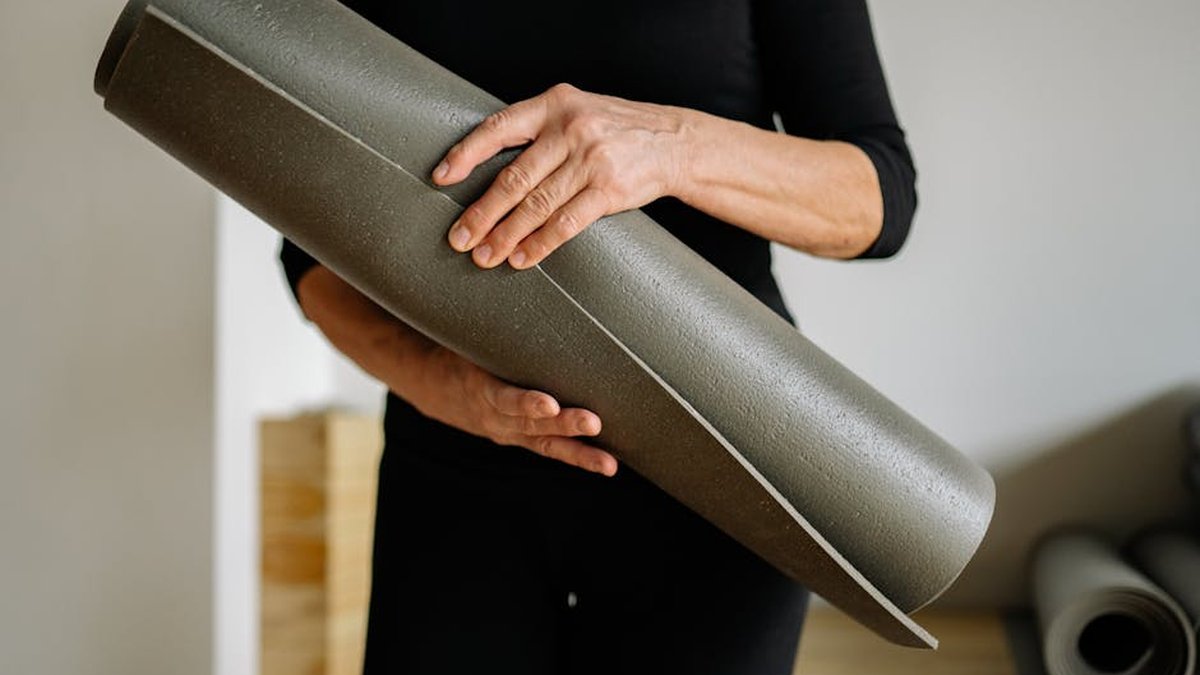The Art of Active Recovery: Post-Workout Strategies for Optimal Results
You crushed your workout, feeling the burn and pushing your limits. But the journey to optimal fitness doesn’t end when you drop the weights or step off the treadmill. What you do after your workout, specifically your recovery strategy, is just as crucial as the workout itself. Neglecting recovery can lead to fatigue, injury, and stalled progress. That’s where active recovery comes in. It’s not just about rest; it’s about strategically using low-intensity activities to enhance the body’s natural healing processes.
Understanding Active Recovery
Active recovery involves engaging in low-intensity exercise or activities after a more strenuous workout. This contrasts with passive recovery, which involves complete rest. The goal of active recovery is to promote blood flow, reduce muscle soreness, and speed up the removal of metabolic waste products, ultimately leading to faster and more effective recovery.
Benefits of Active Recovery
Active recovery offers a multitude of benefits that contribute to overall fitness and well-being:
- Reduced Muscle Soreness (DOMS): Light activity helps flush out lactic acid and other metabolic byproducts that contribute to delayed onset muscle soreness.
- Improved Blood Circulation: Increased blood flow delivers oxygen and nutrients to muscles, aiding in repair and reducing inflammation.
- Enhanced Muscle Recovery: By promoting blood flow and nutrient delivery, active recovery accelerates the muscle repair process.
- Increased Flexibility and Mobility: Gentle movements and stretching can improve flexibility and range of motion.
- Reduced Risk of Injury: Improved flexibility and reduced muscle tightness can decrease the likelihood of injury.
- Mental Refreshment: Light activity can be a great way to de-stress and mentally recharge after a challenging workout.
Effective Active Recovery Strategies
Implementing active recovery doesn’t require complicated routines. Here are some effective strategies you can incorporate into your post-workout routine:
Low-Intensity Cardiovascular Exercise
Engaging in light cardio, such as walking, jogging, swimming, or cycling, for 20-30 minutes can significantly improve blood flow and promote recovery. Keep the intensity low – you should be able to easily hold a conversation.
Example: After a heavy leg day, a 20-minute walk at a leisurely pace can help reduce muscle soreness and stiffness.
Stretching and Mobility Work
Gentle stretching and mobility exercises can improve flexibility, reduce muscle tension, and prevent stiffness. Focus on dynamic stretches (moving through a range of motion) after your workout and static stretches (holding a stretch) later in the day.
Example: Perform arm circles, leg swings, and torso twists after a strength training session. Hold each stretch for 20-30 seconds.
Foam Rolling and Massage
Foam rolling and massage can help release muscle knots and improve blood flow. Focus on areas that feel tight or sore. Use a foam roller or massage ball to apply gentle pressure to the affected areas.
Example: Foam roll your quads, hamstrings, and calves after a run to alleviate muscle tension.
Nutrition and Hydration
Replenishing your body with the right nutrients and fluids is crucial for recovery. Consume a post-workout meal or snack that includes protein and carbohydrates to help repair muscle tissue and replenish glycogen stores.
Example: A protein shake with fruit or a chicken breast with sweet potato are excellent post-workout meal choices. Don’t forget to drink plenty of water to rehydrate.
Rest and Sleep
While active recovery is important, adequate rest and sleep are essential for allowing your body to fully recover and rebuild. Aim for 7-9 hours of quality sleep each night.
Tailoring Active Recovery to Your Needs
The best active recovery strategy is one that’s tailored to your individual needs and workout intensity. Consider the following factors when designing your recovery routine:
- Workout Intensity: More intense workouts require more extensive recovery strategies.
- Fitness Level: Beginners may need more recovery time than experienced athletes.
- Individual Preferences: Choose activities you enjoy and that fit into your lifestyle.
- Listen to Your Body: Pay attention to your body’s signals and adjust your recovery routine accordingly. If you’re feeling overly fatigued or sore, take a rest day.
Don’t underestimate the power of active recovery. By incorporating these strategies into your post-workout routine, you can optimize muscle recovery, reduce soreness, and improve your overall fitness performance. Remember to listen to your body and adjust your recovery routine as needed. Embrace the art of active recovery, and you’ll be well on your way to achieving your fitness goals!






